Has the market forgotten the sports sedans that dominated the ’90s and ’00s?
If you leaf through a pile of car magazines from 20-or-so years ago, scarcely an issue will go by without some news from the flourishing sports sedan segment. Comparison tests pit BMW’s 3-Series against the latest up-and-comer. Japanese brands took the step from economy cars to viable sports-luxury alternatives and began to legitimately thrive. Jaguar and Saab offered their own niche takes. And what’s this about Cadillac making a pivot to lively cars that handle?
Fast forward to today, and turn-of-the-century cars like the Mercedes-Benz C-Class, Audi A4, and Lexus IS300 haven’t taken to the collector world with quite the same gusto as when they initially debuted. Though many of them, even in base or mid-tier trim, excelled as driver’s cars and wore their manufacturer’s clearly defined character on their sleeves, collectors have largely ignored them until recently, instead focusing on top-line badges like M, AMG, S, or V. The rest can be had for a comparative song (but that may slowly be changing).
There are entirely logical reasons for this. First and foremost, these cars were designed to be fun appliances, not collector’s items. People enjoyed them (many via lease), and they often fell into disrepair in subsequent ownership, something Rob Sass refers to as “third owner syndrome.” As a consequence, finding a solid example may take patience and diligence.
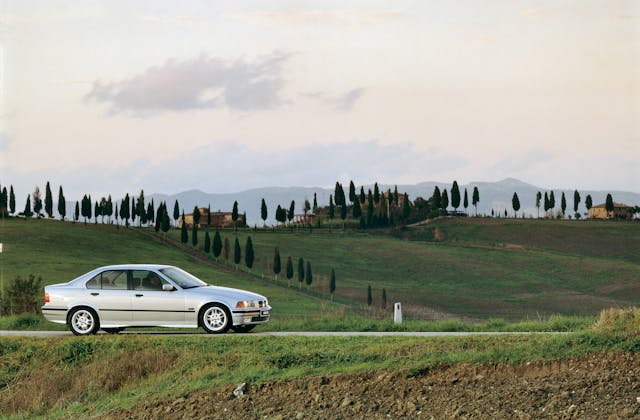
What’s more, when a driver’s car becomes more affordable, the urge to take it to the track gets stronger. Go to any amateur track day, budget endurance race, SCCA or NASA weekend, and you’ll suddenly discover where all the E36-generation BMWs went. Head to a drift event and you won’t miss the distinctive sound of a Nissan VQ engine generating tire smoke from under an Infiniti G35’s fenders.
Still, there are good, older sports sedans out there in an array of flavors. In order to understand the extent of enthusiast interest in this segment, we cast a wide net over contenders from multiple continents and manufacturers. And because many of these vehicles are not tracked in the Hagerty Price Guide, we relied on average quoted value taken across model variants (for example, the data below for the C-Class Mercedes includes the base cars as well as AMG trims—the same goes for performance versions of Audi, BMW, and Cadillac).
As modern enthusiasts pine for more driving engagement and personality, cars from the 1990s and and 2000s (which generally have a more analog feel than new cars but also have modern performance and reliability) have seen an uptick in popularity, and the last few years have mostly been good to sports sedans as a result. Overall collector interest in this list of cars is up 38 percent, and quoted values are up 14 percent since January 2021.
It’s not surprising that the German brands, which were the segment’s sales leaders since its inception, make up the lion’s share of the interest from buyers calling for quotes, with BMW’s 3-Series leading the way at 36 percent and the Mercedes-Benz C-Class coming in at 24 percent of the cars sampled here. Interest in the baby Benz is up 4 percent in the last three years, while the BMW has tapered 2 percent over the same period.
Despite the popularity of the C-Class—and the inclusion of AMG variants—the model’s value is only 11 grand. This illustrates that even the performance trims of the C-Class see heavy depreciation; within our data, these cars have seen their average value drop 7 percent since January 2021.
Audi and Cadillac are the best of the rest as far as popularity, at 10 percent and 9 percent of inquiries, respectively, with all other brands at or below 5 percent. That the Cadillac’s value tops the list is likely influenced by strong values for its V models. The inclusion of the first- and second-gen CTS means it’s the model with the newest (at 10 years old) vehicles within the data set.
As we have covered in some notable sales, Saabs are on the rise. The Saab 9-3 makes up a small portion of the collector sports sedan market, but the values for ones we are seeing are increasing. Since January 2021, they are up 26 percent.
Jaguar’s results are a mixed bag, with the more traditional and larger XJR seeing a 10 percent bump in average quoted value over the last three years, while its smaller S-Type and S-Type R are treading water with 1 percent decrease over the same time period. Like the Cadillac, the XJR is on the heftier side of cars in this group, but sports sedans mean different things to different buyers, and the last of the old-design big cats certainly has enthusiast appeal.
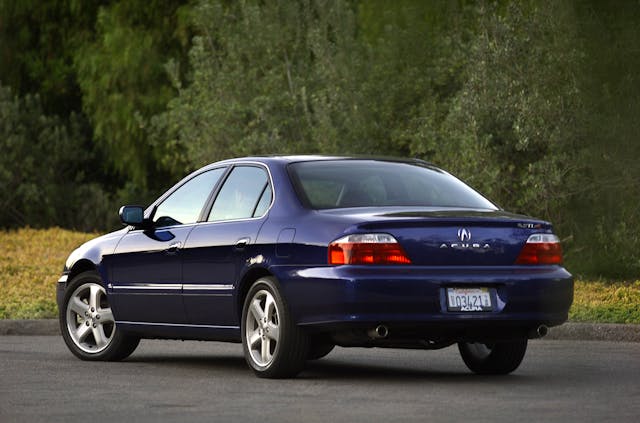
Similarly, while Supras, Integras, and other sporty nameplates have skyrocketed, Japanese sports sedans have been met with varied interest from today’s enthusiasts. Quoted values of the Acura TL and Lexus IS300 are both up, but the Infiniti G35 and G37 have receded dramatically, to the point where the average value of a first-generation Miata is higher than that of a G35.
To an extent, these quoted values reflect the quality and condition of the cars coming to market, but they also demonstrate that there’s ample opportunity to get into a car with personality and practicality at a relatively reasonable price. As ’90s sports cars get snatched up by folks looking for a taste of the last “analog” era, these sports sedans are likely to get more attention. Regardless of the degree of sport you prefer in your four-door, this segment has something that fits your needs, and at a lower price than other collector cars of the era. For now.
***
Check out the Hagerty Media homepage so you don’t miss a single story, or better yet, bookmark it. To get our best stories delivered right to your inbox, subscribe to our newsletters.

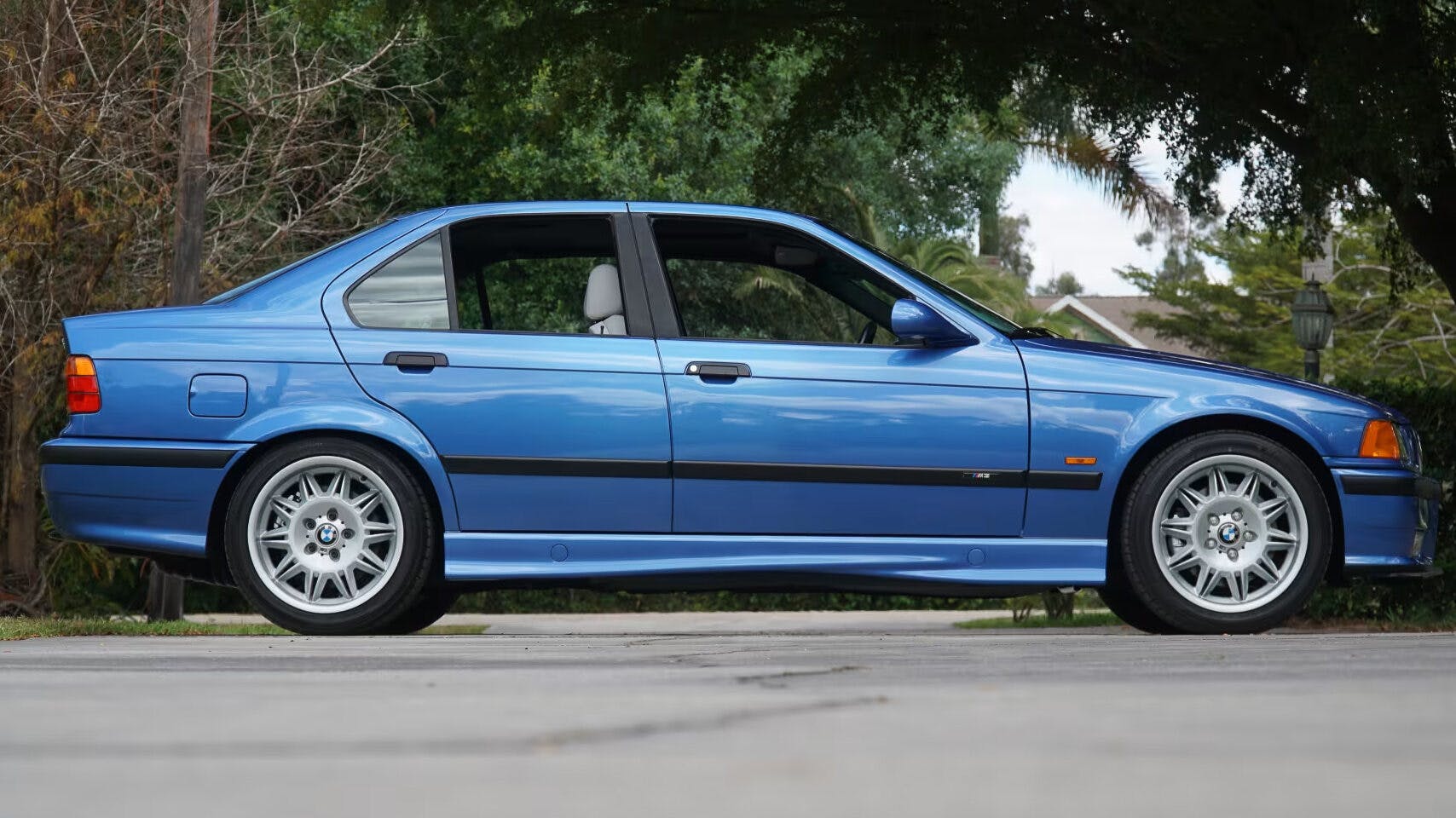

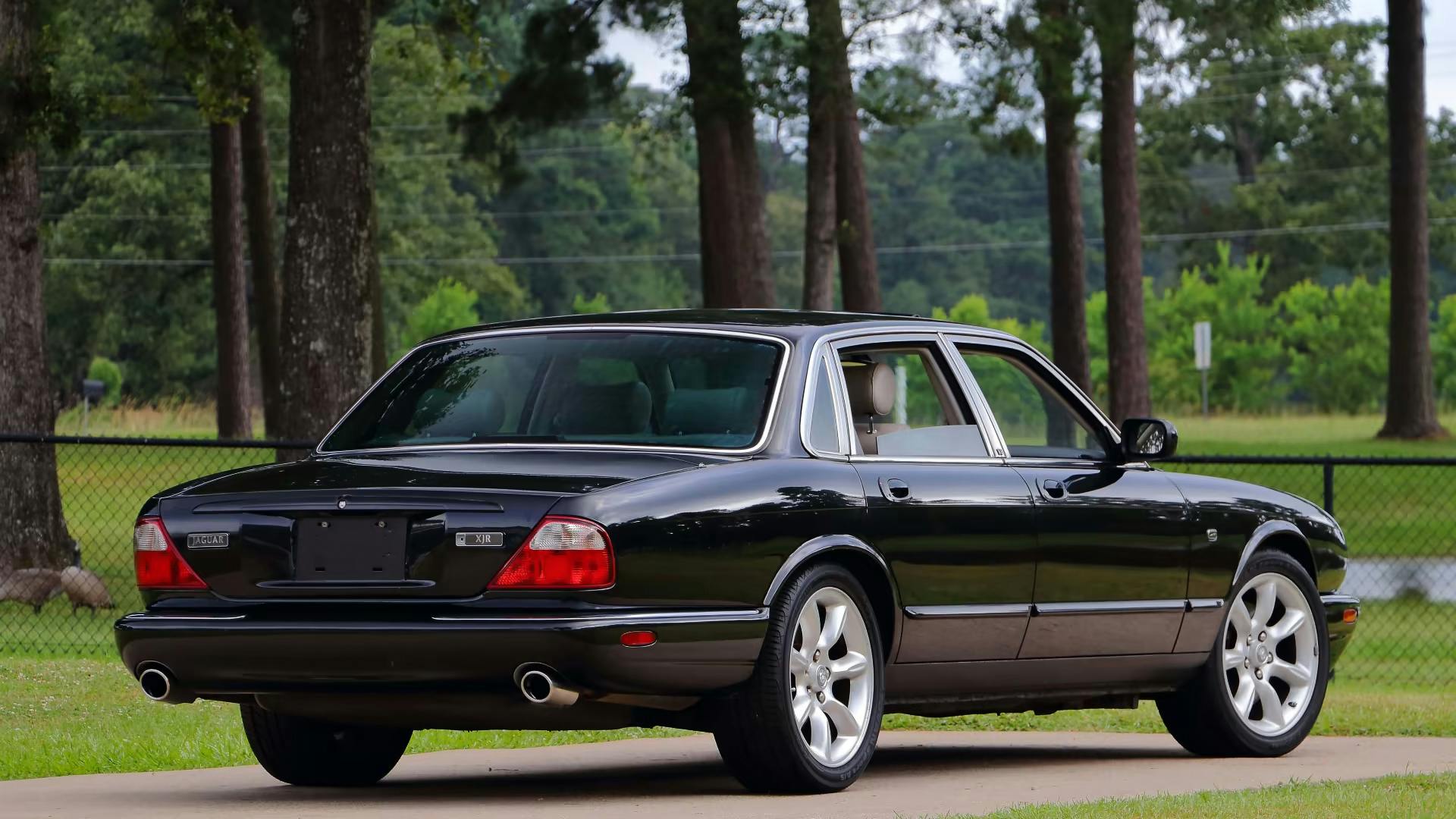
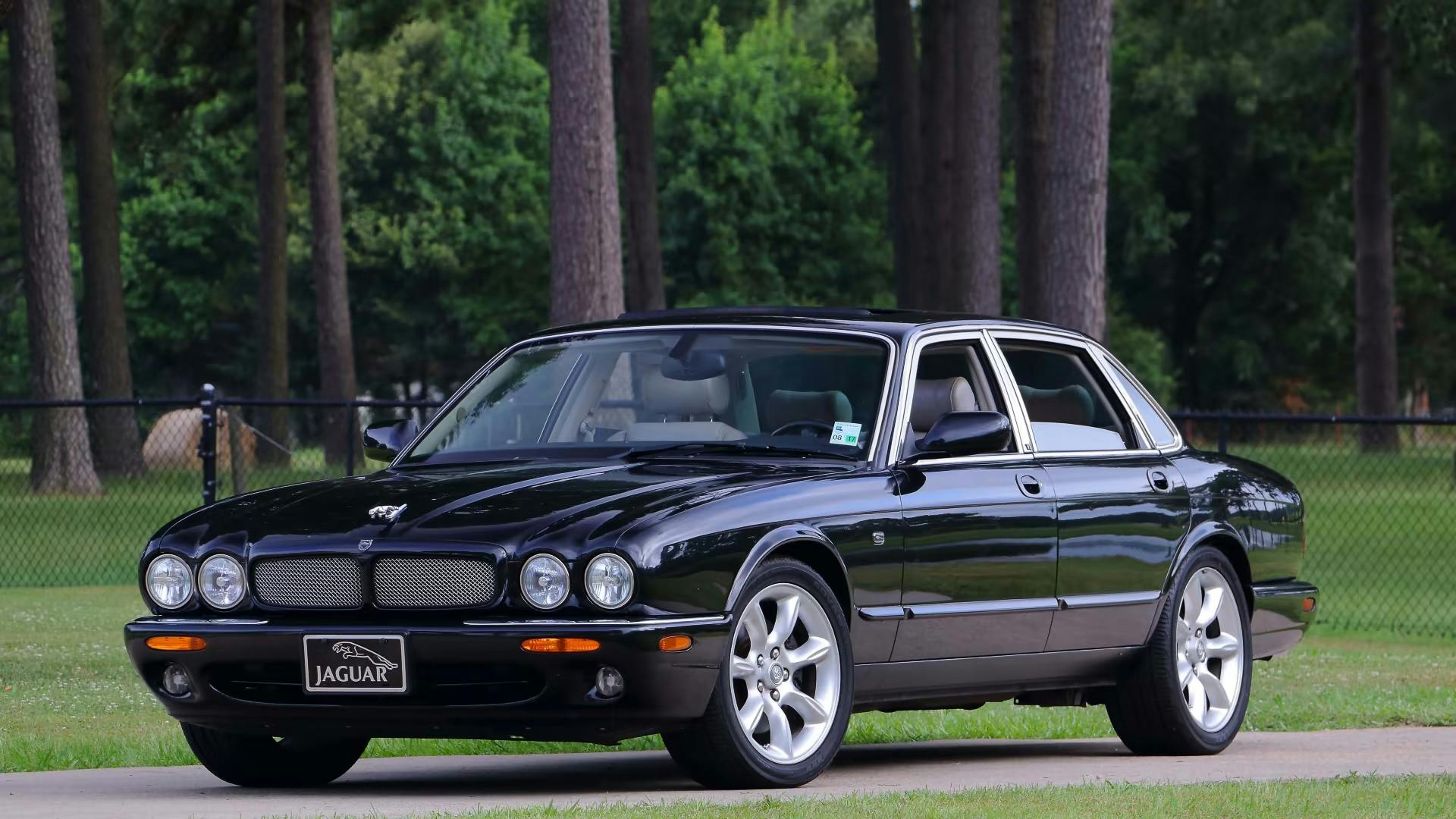


I had a 98 dodge neon r/t with cold air intake that was really fast and handled very well
Surprised not to see the Lexus GS430 in this list. Compact 4Dr – 300 HP V8 up front – rear wheel drive – with Lexus reliability. I put 240K on my 2001. One of the sweetest cars of my 62 vehicles life to date.
No mention of the Alfa 164?
……Hello?…anyone?
Good comments. After the dreadful performance of late 70’s and early 80’s vehicles the “Sport Sedans” were welcomed, but MOST sold were NOT the specialized versions with V8’s and modified suspensions that were more expensive than the “standard” version. The common varieties, while good at the time, are no better than many basic cars today, as someone pointed out. Add to that the hassle of finding parts, or someone to repair them, and they are not attractive except as bargains to be driven until they break. However – the special AMG, Audi, and other “halo” cars that were expensive, sold in limited numbers, and tended to be used sparingly, will find buyers that will to pay a premium.
For unmitigated ear to ear driving grins you don’t need horsepower if you have handling. A BMW 2002 (100-120 hp) –the car that put BMW on the U.S. map Is a ball to drive on twisty back roads. A BMW E30 318is (134 hp) is even more fun. BMW advertised it as “the 2002 of the 90s” and they were exactly on point. To pirate Packard’s phrase, “Ask the man (or woman) who owns one.”
The main problem with these cars was that they usually had four-doors, and I never really liked small four-doors. A co-worker had a 1996 M3 two-door with stick, and it was sporty-looking. She sold it, and later regretted it.
I’d be a bit concerned about the cost of maintenance and availability of key electronic bits long term for many of these fine cars. An article published by the Guild of Automotive Restorers in Toronto a couple years ago took the position that anything built after around 1990 was not restorable due to the electronics becoming outdated.
No Taurus SHO??? 89 Taurus SHO started the performance sedan market for American cars. I had a first year SHO. Very advanced for its year, great interior, 5-speed manual, lightest of all the SHO’s, 7200 rpm redline. I put 242,000 miles on that car and it still purred when I sold it to another SHO enthusiast in 2005.
I just twigged to the message of this piece a month ago and picked up a 2006 Mercedes C230 SportCoupé, with the 2.5 L naturally aspirated V6 and a six-speed manual. What a sweet little car! The C230 coupe was built in large numbers in the early Naughties with a 1.8 L supercharged I-4, tragically mated in most cases to a slushbox. Some had a 3.2 L V6, badged as a C320. But from late 2005 to mid-2007, MB used the lovely 2.5 V6 in this excellent platform (same wheelbase as the sedan). I lucked out! It is a very tractable manual RWD sporty (not sports) car — but it also has a great big cargo space, accessible through a sensible hatchback. I’m 183 cm (6’1” for Yanks and CDN Boomers) and I can lie down in the back with the rear seats folded and the front passenger seat pushed forward. It has front, side and overhead (curtain) airbags, front and rear — the full complement. Because of our very mild local climate, it is entirely free of rust. It makes all the right sounds, esp. above 4000 RPM. I do wish the RF system for the door locks had not packed it in a week after I bought it, leaving only the infrared system and manual locking for now. The antenna amplifier that is probably to blame is $1200+, which is too large a proportion of the car’s shrunken value to be justifiable. I have not found a good used one (yet). Do I love it the way I would love an E55 wagon? No, but at less than a third of the price, I’m happy (and so is my wife). There will be no more pre-airbag cars for me anyway.
Why not include the Ford SHO?????????
What does this article mean when it references “average quoted value?”
I’m not sure about the Data, but I’m keeping my 2015 C 400 4 Matic as long as I can as a daily driver. It’s quick, handles very well, and in E mode on the Freeway gets 29-32 MPG. Furthermore its features are intuitive and user friendly compared to our newer cars. You don’t need to push a control to open the fuel fill. You don’t get a message to turn out the lights or radio when you park. The car does that. The seat controls aren’t on the seat where it’s difficult they are on the door, conveniently looking like the seat and headrest. The Burmeister sound system is excellent and the controls are easily adjusted without having multiple buttons to push. All in all much more likable than our later model Lexus and Honda, and it still looks great!
May be out of the time period you are talking about but the Pontiac from down under, G8 GT and GTP
I can certainly understand the attraction to this segment. As some have mentioned, their straight line and even their handling may not be on a par with todays sports sedans, but what they do have going for them is a low barrier of entry in terms of pricing, more options available since the market place is favoring SUVs at the moment, leaving fewer true modern day sports sedans to chose from, particularly at a “reasonable price”. Some are looking for as mentioned an enjoyable driving experience with with some visceral feedback, which is largely missing from the high center of gravity SUV and Crossover market today.